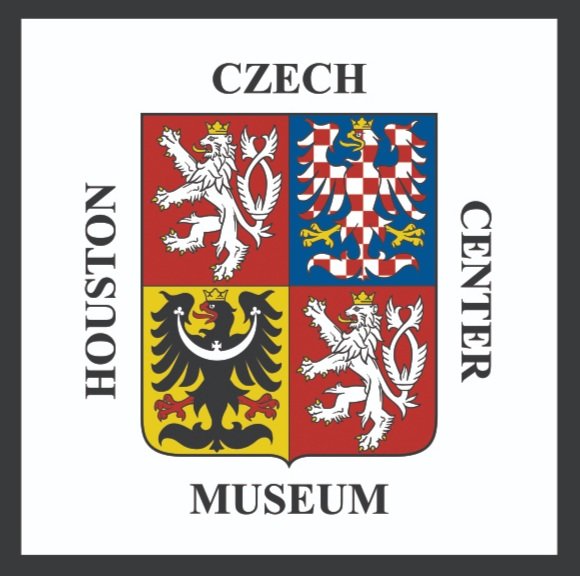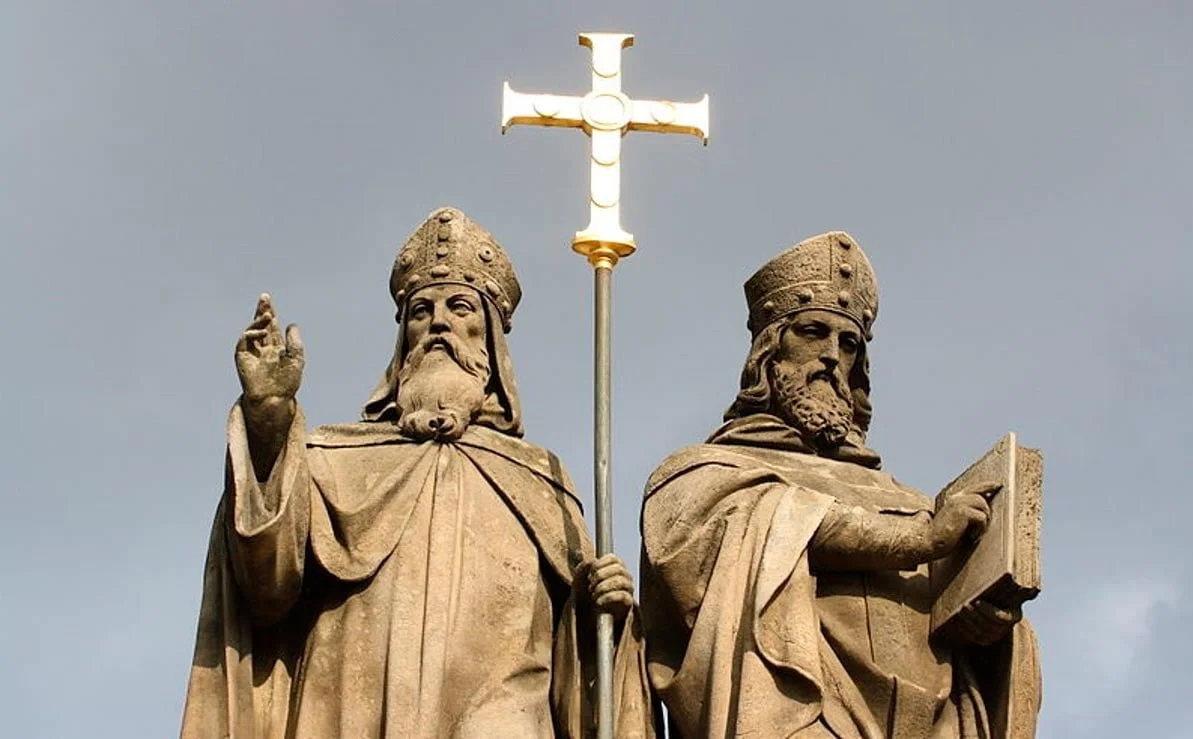Early 9th century, Cyril, formerly Constantine, and Methodius were born. Both were brought up very well educated and both went onto established professions: Cyril a philosopher and Methodius a scholar.
In 863 AD, Byzantine Emperor Michael III sent both Cyril and his brother Methodius to Great Moravia (what we know to be Eastern Europe: Hungary, Austria, Germany, Czech Republic, and Slovakia) to spread Christianity across the continent. The brothers developed the Glagolitic Alphabet when translating the bible which later evolved into the Cyrillic Alphabet we still use today in the Slavic countries: Russia, Serbia, and Bulgaria.
After the Christian bible, other religious texts were studied, translated, and taught such as the Psalter, Paul’s letters, and other books of Slavic liturgy. This of course was not easy with an extreme challenge faced on the continent of other Christians wanting the spread to continue in the mother tongue of Latin. However, in 867 Pope Adrian II approved the use of Slavic liturgy due to the brothers’ success in converting the Slavic people to Christianity and all of their diplomatic efforts in Rome to be recognized. Cyril died in 869 in Rome, while Methodius became Archbishop of Sirmium and continued his work of keeping the Slavic liturgy recognized by the Holy Roman Empire until his death in 884.
With both Cyril and Methodius now gone and no present activism for the Slavic liturgy, Pope Stephen V in 885 forbade the use, thus forcing any remaining disciples into exile. It wasn’t until 1880 the Roman Catholic churches recognized the Eastern Orthodox churches. Saints Cyril and Methodius are remembered for their religious development of the Slavic world and even were acknowledged and honored by Pope John Paul II who named them “Apostles to the Slavs”. On this day, July 5, we feast and celebrate the contributions of Cyril and Methodius in the fields of education, culture, literacy, and most importantly the spread of the Christian faith to the Slavic people.
Remember, O Almighty Father, the moment when, in accordance with your will, the “fullness of time” arrived for these peoples and nations. When these holy Missionaries, Saints Cyril and Methodius, faithfully fulfilled the command that your Son, Jesus Christ, had entrusted to His Apostles; following in their footsteps, they brought into the lands inhabited by the Slavs the light of the Gospel, the Catholic Faith.
O Lord, grant our personal requests, (mention in silence your personal need), and through this Novena, may we at St. John Nepomucene Parish, built upon the faith of many of our immigrant families from Czechoslovakia, pray with Venerable John Paul II, the Pope of Slav origin, and receive your graces and favors.
Through the intercession of Sts. Cyril and Methodius, may God grant that we of many ancestries, may continue the work of Christ through His Church, in our lives, our families, and all peoples, and may we have the strength to overcome all hatred and to conquer all evil with good. Amen.
Written by Jacqueline Nicole Denson
Sources:
Dvornik, Francis. “The Significance of the Missions of Cyril and Methodius.” Slavic Review 23, no. 2 (1964): 195–211. https://doi.org/10.2307/2492930.
Lunt, Horace G. “The Beginning of Written Slavic.” Slavic Review 23, no. 2 (1964): 212–19. https://doi.org/10.2307/2492931.
“Our Early History – Sisters of Saints Cyril and Methodius.” n.d. Sisters of Saints Cyril and Methodius. Accessed June 7, 2024. https://sscm.org/about-us/our-history/.
“Saint of the Day.” n.d. Franciscan Media. https://www.franciscanmedia.org/saint-of-the-day/saints-cyril-and-methodius/.
“Saints Cyril and Methodius | Description, Legacy, & Facts.” n.d. Britannica. https://www.britannica.com/biography/Saints-Cyril-and-Methodius.
Stephen. n.d. “St. Cyril And St. Methodius Novena And Celebration.” St. John Nepomucene Catholic Church. https://www.stjohncc.net/cyril-and-methodius.
Soulis, George C. “The Legacy of Cyril and Methodius to the Southern Slavs.”Dumbarton Oaks Papers19 (1965): 19–43.https://doi.org/10.2307/1291224.


